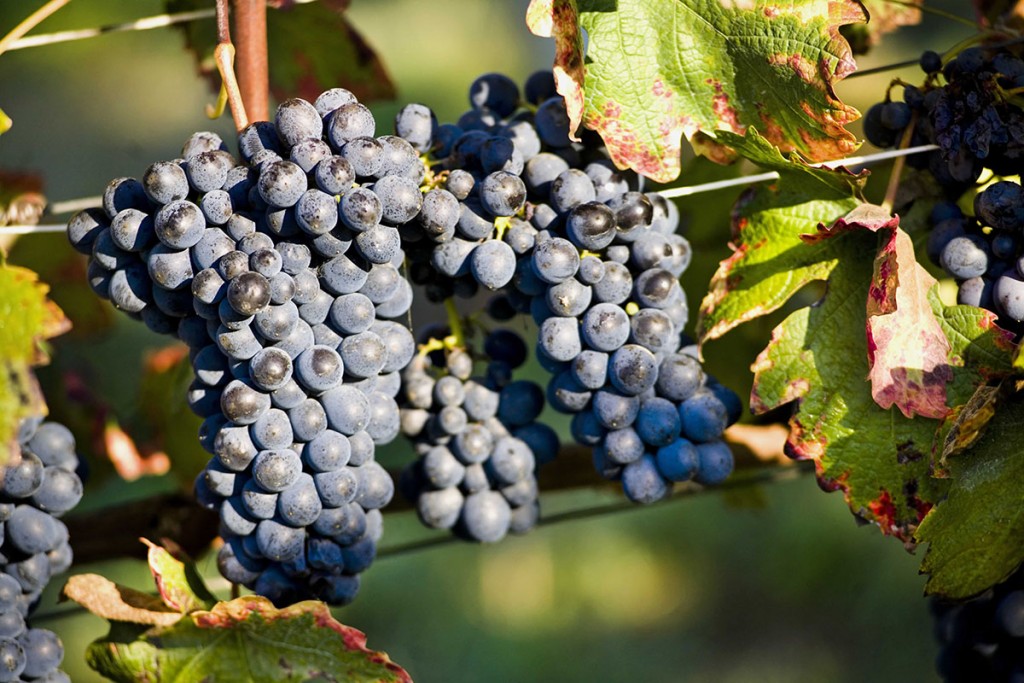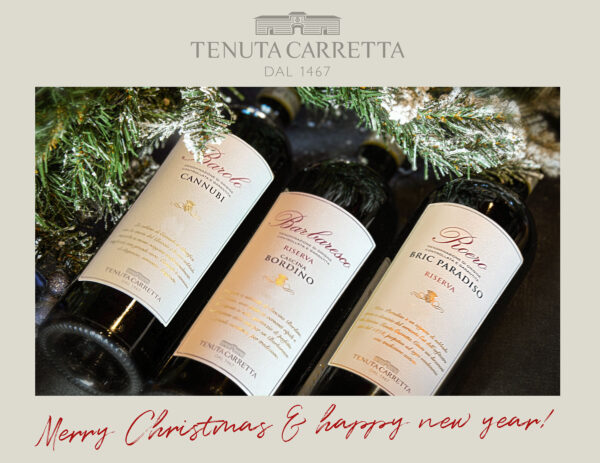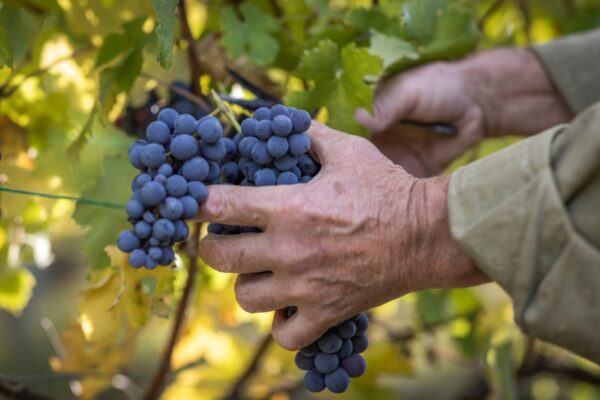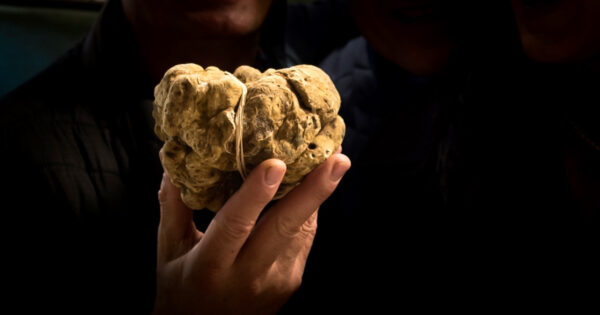• Winery
Tenuta Carretta stories. From “Nebbiolo dei Roeri” to “Nebbiolo del Roero”: The Roero DOCG
Reading time in

Until the 1970s in the provinces of Asti and Cuneo, Roero was not considered a distinct geographic region. During those years, Monferrato and Langhe were the only place names that people wrote or spoke of. Monferrato included all the land to the left of the Tanaro river while Langhe referred to the right.
People working in wine did, however, use “Nebbiolo dei Roeri” or “Nebbiolo from [the lands of] Roero” in their vocabulary. This was because of the many townships in Roero and their industrious population, their impressive history, their many leading wine personalities, and the many ancient aristocratic families living there. They had always made this region stand apart from the rest and they represented a bona fide anthropologic legacy. Thanks to them, today we can tell the story of the place where we make our marvelous wines.
In the mid-1980s, with the creation of the Roero DOC, the area began to be recognized as an autonomous winemaking zone and was no longer included in the vast territory of Monferrato. Perceptions began to change and the vocabulary changed as well: “Nebbiolo dei Roeri” became “Nebbiolo del Roero,” in other words “Nebbiolo from Roero [proper].” And in the mid-1990s, the Roero DOCG came to life.
Nebbiolo is one of the most important and coveted wine grape varieties in the panorama of Italian ampelography. Over the last decades, painstaking research in the vineyards and in the laboratory have led to official recognition of 14 clones of the variety in Italy’s national registry of grape varieties. In the past, only three clones were recognized by conventional (and otherwise empirical) wisdom. They were known by their vernacular names: Lampia, Michet, and Rosé.
In terms of its appearance, one of the most striking characteristics of the Nebbiolo vine is its length, which can reach up to 7 meters. This trait aids the plant’s vegetation and helps it to extract minerals and other varied natural substance from the earth in which it grows. But that’s not all. The sheer dimension and force of the roots gives rise to an extraordinary natural process. The greater part of the vine lives underground and as a result it contributes even more vigor to the outer part of the plant and its grape bunches. And this makes for higher quality wine.
To the north of the Tanaro river, biodiversity thrives on the steep slopes of hills rich in sand. The unique soil types and microclimate help to create elegant wines with remarkable personality. And they preserve the happy tannins of the grape while simultaneously maintaining a perfect balance of aromas and flavors and giving the wines intense fruity and floral notes.
Officially created in 2006, the Roero DOCG appellation allows for the use of a minimum of 95 percent of Nebbiolo grapes in the wines and an aging period of at least 20 months, of which 6 must be in cask, starting from November 1 in the year of harvest. To obtain the designation “Riserva,” the wine must be aged at least 32 months, of which 6 must in cask, again starting from November 1. Roero DOCG wines can be released after two years from harvest beginning on July 1 of that year. The Riserva wines can be released three years from harvest, again beginning on July 1.
Tenuta Carretta’s Roero DOCG is the winery’s “Bric Paradiso.” It’s a wine with great structure and character and beginning with the 2011 vintage, it has been released only as a Riserva wine. The name “Paradiso” (“Paradise”) comes from an ancient name of a vineyard on the winery’s estate in the eastern section of Piobesi d’Alba where the winery and its holdings are located. The earliest mention of the site dates back to 1594 and can be found in topographic maps drawn during the time of the Damiano Counts, who founded the estate.
The wine is produced using Nebbiolo grapes exclusively and is then aged in small French casks for 18 months and another six months in bottle. Its color is intense ruby red and garnet along the edges of the glass.




